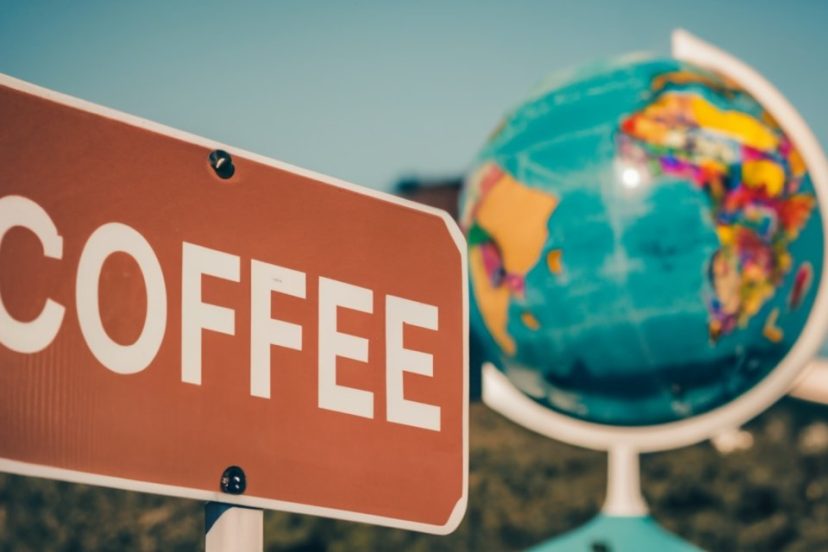Global Coffee Journey: How Many Types of Coffee Across the World’s 15 Most Populous Countries
Coffee has become one of the most popular beverages globally, with a wide array of types available. Understanding the different types of coffee and where they come from can enhance your appreciation for this beloved drink. In this article, we will explore the types of coffee found in the 15 most populous countries in the world, including China, India, the United States, Indonesia, Pakistan, Brazil, Nigeria, Bangladesh, Russia, Mexico, Japan, Ethiopia, Philippines, Egypt, and Vietnam.
Page Contents
Key Takeaways:
- There is a wide variety of coffee types available globally
- Understanding the different types of coffee can help you appreciate the nuances of flavor
- Coffee preferences vary across different countries and cultures
- The 15 most populous countries have diverse coffee traditions
- Embarking on a global coffee journey allows you to discover new flavors and experiences
Coffee Beans: The Foundation of a Great Cup of Joe
A great cup of coffee starts with high-quality coffee beans. The two most popular types of coffee beans are Arabica and Robusta. Arabica beans are known for their delicate flavors and aromas, while Robusta beans have a stronger, more bitter taste. Arabica beans are typically grown at higher elevations, while Robusta beans thrive at lower altitudes. Understanding the characteristics of different types of coffee beans can help you choose the perfect cup of coffee to suit your taste preferences.
Arabica Beans
Arabica beans are considered the gold standard in the coffee industry. They account for more than 60% of coffee production worldwide. These beans have a sweeter and more nuanced flavor profile, with notes of fruits, nuts, and chocolate. Arabica beans are also lower in caffeine compared to Robusta beans, making them a popular choice for those who prefer a milder coffee experience.
Your Perfect Brew Awaits with Our Premium Coffee Beans
Indulge in the rich, aromatic experience of our carefully selected coffee beans, sourced from the finest estates. Each bean is roasted to perfection, ensuring a smooth, full-bodied flavor that will awaken your senses and elevate your coffee moments.
Discover the difference quality makes - try our premium coffee beans today and elevate your coffee experience to new heights!
Robusta Beans
Robusta beans, as the name suggests, have a more robust flavor profile. They are often described as having a stronger and more bitter taste, with earthy and woody undertones. Robusta beans contain almost twice as much caffeine as Arabica beans, making them a favorite choice for those seeking a higher caffeine content in their coffee. These beans are also known for producing a thicker and more crema-rich espresso.
| Type | Characteristics | Growing Conditions |
|---|---|---|
| Arabica | Delicate flavors, nuanced aromas | Higher elevations |
| Robusta | Strong, bitter taste, high caffeine content | Lower altitudes |
When it comes to choosing the perfect coffee beans, it’s all about personal preference. Whether you enjoy the subtle and complex flavors of Arabica or the bold and intense flavors of Robusta, there is a type of coffee bean that will satisfy your taste buds. Experimenting with different coffee varieties and brewing methods can help you discover new and exciting flavors that enhance your coffee-drinking experience.
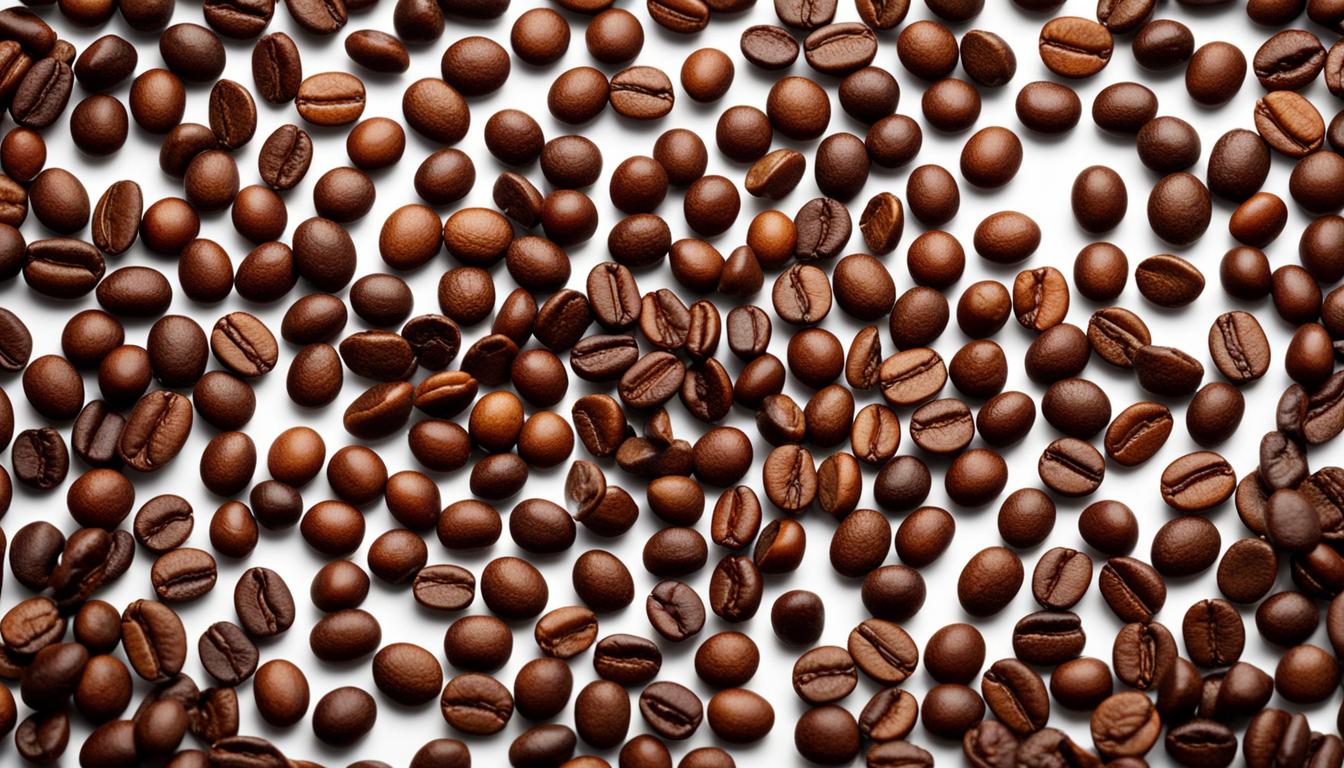
With a solid foundation in the different types of coffee beans, you can now embark on a journey to explore the unique coffee cultures and flavors found in the 15 most populous countries in the world. From China’s growing coffee market to Brazil’s role as the largest coffee producer, each country offers its own distinct coffee experience. So grab your favorite coffee mug and get ready to discover the diverse and vibrant world of coffee!
China: Exploring the Tea Culture
In China, tea has long been the preferred beverage, deeply ingrained in the country’s rich cultural traditions. However, in recent years, coffee has been gaining popularity among the younger generation and urban dwellers. While the coffee market in China is still relatively small compared to other countries, you can now find a variety of coffee shops in major cities, offering a delightful alternative to tea.
Chinese coffee is typically made from Arabica beans, known for their delicate flavors and aromas. Light to medium roasts are favored, allowing the natural qualities of the beans to shine through. Some popular coffee drinks in China include traditional black coffee, lattes, and cappuccinos, providing a range of options for those looking to indulge in a cup of joe.
The emergence of coffee culture in China reflects the country’s ever-evolving tastes and growing interest in global culinary experiences. While tea remains an integral part of Chinese tradition, coffee is carving out its space in the hearts and palates of modern Chinese consumers. Whether you choose to explore the depths of Chinese tea culture or venture into the types of coffee, China offers a delightful fusion of both worlds for beverage enthusiasts to savor.
| Chinese Coffee Culture Highlights | Traditional Tea Culture |
|---|---|
| Emerging coffee market with a growing number of coffee shops | Deeply ingrained tea traditions rooted in Chinese culture |
| Arabica beans and light to medium roasts are popular | A wide variety of tea types, including green, oolong, and jasmine |
| Popular coffee drinks include black coffee, lattes, and cappuccinos | Tea ceremonies and rituals celebrated across the country |
Chinese Coffee Culture Highlights
- Emerging coffee market with a growing number of coffee shops
- Arabica beans and light to medium roasts are popular
- Popular coffee drinks include black coffee, lattes, and cappuccinos
Traditional Tea Culture
- Deeply ingrained tea traditions rooted in Chinese culture
- A wide variety of tea types, including green, oolong, and jasmine
- Tea ceremonies and rituals celebrated across the country
India: From Spices to Coffee Blends
India has a rich history of coffee cultivation, particularly in the southern regions of the country. Indian coffee is known for its unique flavor profiles, often blending spices such as cardamom, cinnamon, and cloves. This infusion of spices adds depth and complexity to the coffee, creating a truly delightful experience for the senses.
In India, filter coffee is a popular method of preparation. It involves using a traditional filter to brew strong, flavorful coffee. The filter allows the water to drip slowly through the coffee grounds, extracting the rich flavors and aromas. This brewing method is preferred by many in India and results in a distinctive cup of coffee that is bold and satisfying.
When enjoying Indian coffee, it is common to add milk and sugar. This creates a rich and aromatic beverage that is perfect for sipping and savoring. The addition of milk and sugar balances the strong flavors of the coffee and enhances the overall experience. Whether you prefer it hot or iced, Indian coffee is a delightful blend of flavors that will transport you to the vibrant streets of India.
Table: Popular Indian Coffee Drinks
| Coffee Drink | Description |
|---|---|
| Filter Coffee | Strong and flavorful coffee brewed using a traditional filter |
| Café Mocha | Indian coffee infused with chocolate and topped with frothy milk |
| Spiced Coffee | Coffee blended with spices like cardamom, cinnamon, and cloves |
| Cold Coffee | Iced coffee with milk and a touch of sweetness |
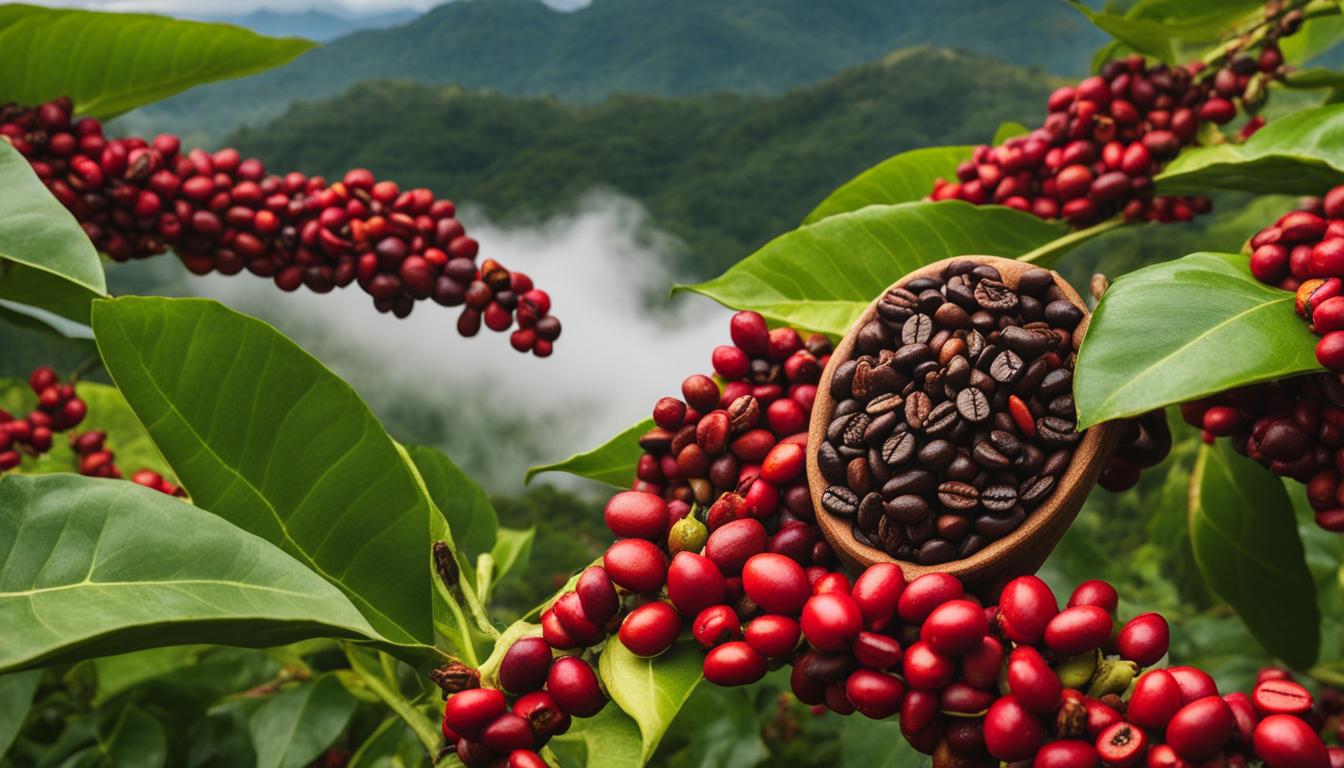
Exploring the coffee culture in India is a journey into a world of bold flavors and aromatic blends. From the traditional filter coffee to indulgent spiced coffee, there is something to suit every coffee lover’s taste. So sit back, relax, and savor a cup of Indian coffee, and let its unique flavors transport you to the vibrant streets of India.
United States: A Nation of Coffee Lovers
Coffee is deeply ingrained in American culture, with the United States being one of the largest consumers of coffee in the world. American coffee preferences vary widely, with a preference for drip coffee, espresso-based drinks, and specialty coffees. The country is home to a thriving coffee shop scene, with a wide range of coffee varieties and brewing methods available. Popular coffee beverages in the United States include Americano, latte, cappuccino, and cold brew.
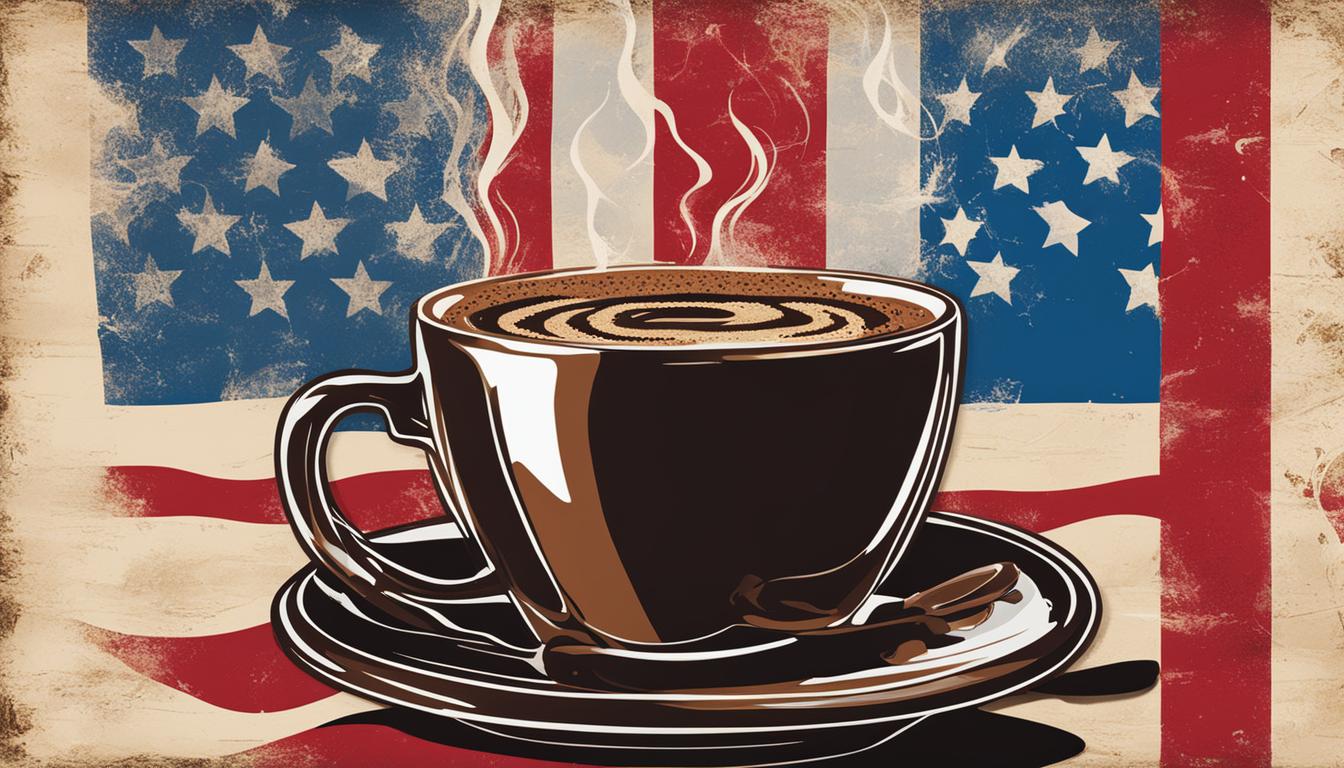 The United States has embraced coffee as a daily ritual, with millions of Americans starting their day with a cup of joe. The popularity of coffee in the United States can be attributed to its vibrant coffee culture, which offers a diverse selection of coffee flavors and brewing techniques.
The United States has embraced coffee as a daily ritual, with millions of Americans starting their day with a cup of joe. The popularity of coffee in the United States can be attributed to its vibrant coffee culture, which offers a diverse selection of coffee flavors and brewing techniques.
When it comes to American coffee, there is a strong emphasis on convenience and variety. Drip coffee, made with a coffee maker, is a staple in many American households. It is often enjoyed with cream and sugar, allowing for customization to individual taste preferences.
In addition to classic drip coffee, Americans also enjoy espresso-based drinks like lattes and cappuccinos. These beverages are typically served in coffee shops, where skilled baristas create intricate latte art and expertly crafted espresso shots. Specialty coffee shops have become a popular destination for coffee enthusiasts, offering unique and innovative coffee creations.
Americano, Latte, and Cappuccino: Exploring American Coffee Varieties
One of the most popular American coffee beverages is the Americano, which is made by diluting espresso with hot water. This results in a smooth and rich coffee with a bold flavor. Lattes, on the other hand, are made with espresso and steamed milk, often topped with a layer of frothed milk. They can be flavored with syrups and enjoyed with different milk options like almond or soy milk. Cappuccinos, similar to lattes, are made with equal parts espresso, steamed milk, and foam. They are known for their indulgent and creamy texture.
The United States also has a growing trend of cold brew coffee, which is brewed with cold water over a longer period, resulting in a smoother and less acidic flavor. Cold brew has gained popularity for its refreshing taste and higher caffeine content. It is often served over ice and can be enjoyed black or with a splash of milk.
A Thriving Coffee Shop Scene
The United States is home to a vibrant and diverse coffee shop scene, with both large chains and small independent cafes catering to the coffee needs of Americans. Coffee shops provide a space for socializing, working, or simply enjoying a cup of coffee in a cozy atmosphere. Many coffee shops in the United States also serve food, pastries, and other beverages, making them a popular choice for breakfast, brunch, or a quick snack.
In conclusion, coffee holds a special place in American culture, with a wide range of coffee varieties, brewing methods, and coffee shops available. From classic drip coffee to specialty espresso-based drinks and cold brew, there is an abundance of options to satisfy every coffee lover’s taste. Whether you prefer a strong and bold Americano or a creamy and indulgent latte, the United States offers a type of coffee for everyone.
Indonesia: The Home of Kopi Luwak
Indonesia, with its lush landscapes and rich coffee heritage, is renowned as the home of Kopi Luwak, one of the most unique and sought-after coffees in the world. Kopi Luwak is made from coffee beans that have been ingested and excreted by the Asian palm civet, a small mammal native to Indonesia. The digestive enzymes of the civet enhance the flavor of the beans, resulting in a coffee with a distinctive smoothness and low acidity.
Aside from Kopi Luwak, Indonesia boasts a variety of other delicious coffees. Sumatra Mandheling, another popular Indonesian coffee, delivers a full-bodied brew with earthy and herbal undertones. Java Arabica, grown in the highlands of Java, offers a medium-bodied cup with notes of dark chocolate and spices. These unique flavor profiles make Indonesian coffees stand out in the global coffee market.
The Process of Producing Kopi Luwak
The production of Kopi Luwak involves a meticulous process. The civets selectively choose the ripest coffee cherries and consume them. The cherries go through a natural fermentation process in the civet’s digestive system, allowing the enzymes to work their magic on the beans. After being excreted, the beans are collected, thoroughly washed, and meticulously roasted to perfection.
| Indonesian Coffee | Flavor Profile | Popular Brew Methods |
|---|---|---|
| Kopi Luwak | Smooth, low acidity | French press, pour-over |
| Sumatra Mandheling | Earthy, herbal | Espresso, drip |
| Java Arabica | Dark chocolate, spices | Coffee sock, Aeropress |
Indonesian coffee culture goes beyond just the unique flavors and brewing methods. Coffee shops in Indonesia often provide a cozy and relaxed atmosphere for coffee lovers to enjoy their brews. Whether you’re sipping on a cup of Kopi Luwak, Sumatra Mandheling, or Java Arabica, the experience of indulging in Indonesian coffee is a journey of taste and culture.
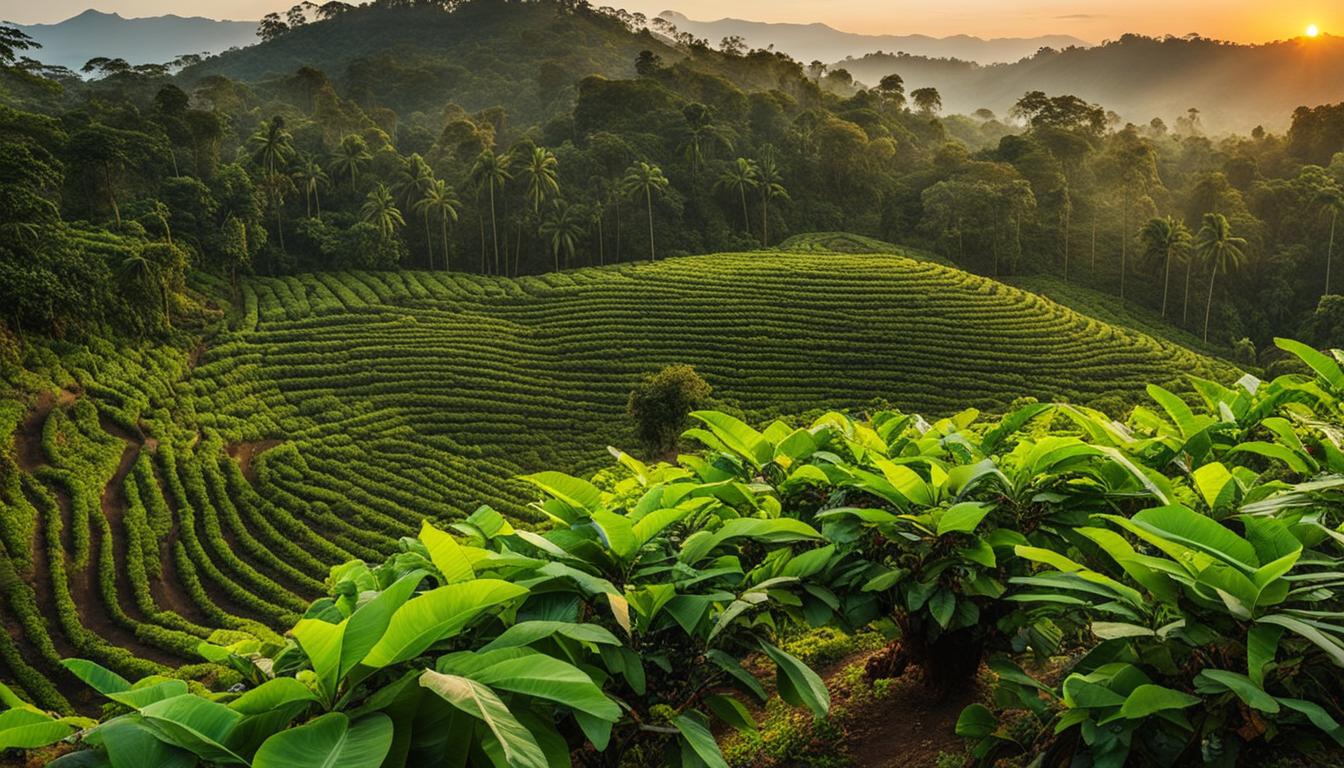
In Conclusion
Indonesia’s coffee scene offers a rich tapestry of flavors, and the fame of Kopi Luwak is just a glimpse into the country’s coffee heritage. From the distinct smoothness of Kopi Luwak to the earthy notes of Sumatra Mandheling and the chocolaty spiciness of Java Arabica, Indonesian coffees provide a unique and captivating experience for coffee enthusiasts. Exploring the world of Indonesian coffee opens the door to a rich cultural journey and a deeper appreciation for the complexities and wonders of this beloved beverage.
Pakistan: Appreciating the Ritual of Chai
In Pakistan, the beverage of choice is tea, particularly the aromatic and flavorful chai. However, there is a growing interest in specialty coffee among urban dwellers, reflecting a shift in beverage preferences. While coffee consumption in Pakistan is relatively low compared to other countries, coffee shops in major cities are offering a selection of espresso-based drinks and international coffee varieties, catering to those seeking a different caffeine experience.
The coffee culture in Pakistan is often centered around traditional teahouses, where people gather to socialize, relax, and enjoy a hot beverage. These teahouses provide a warm and welcoming environment, creating a sense of community among coffee lovers. The focus is not only on the beverage itself but also on the experience and the connection with others. It’s a ritual that brings people together.
For those who prefer a taste of the international coffee scene, some coffee shops in major cities offer a variety of espresso-based drinks, such as lattes and cappuccinos. These establishments aim to provide a similar experience to what you would find in coffee cultures around the world. Whether you’re a fan of the traditional chai or looking for a new coffee experience, Pakistan has options to suit every taste.
| Popular Pakistani Coffee Drinks | Description |
|---|---|
| Traditional Black Coffee | A simple and strong coffee prepared with hot water and coffee grounds. |
| Lattes | Espresso-based drinks made with steamed milk and a layer of foam on top. |
| Cappuccinos | Similar to lattes but with a higher ratio of foam to milk. |
Whether you’re sipping a cup of chai in a traditional teahouse or enjoying a latte in a trendy coffee shop, the coffee scene in Pakistan is evolving, reflecting the changing preferences of its people. It’s a blend of tradition and modernity, creating a unique coffee culture that adds to the rich tapestry of global coffee appreciation.
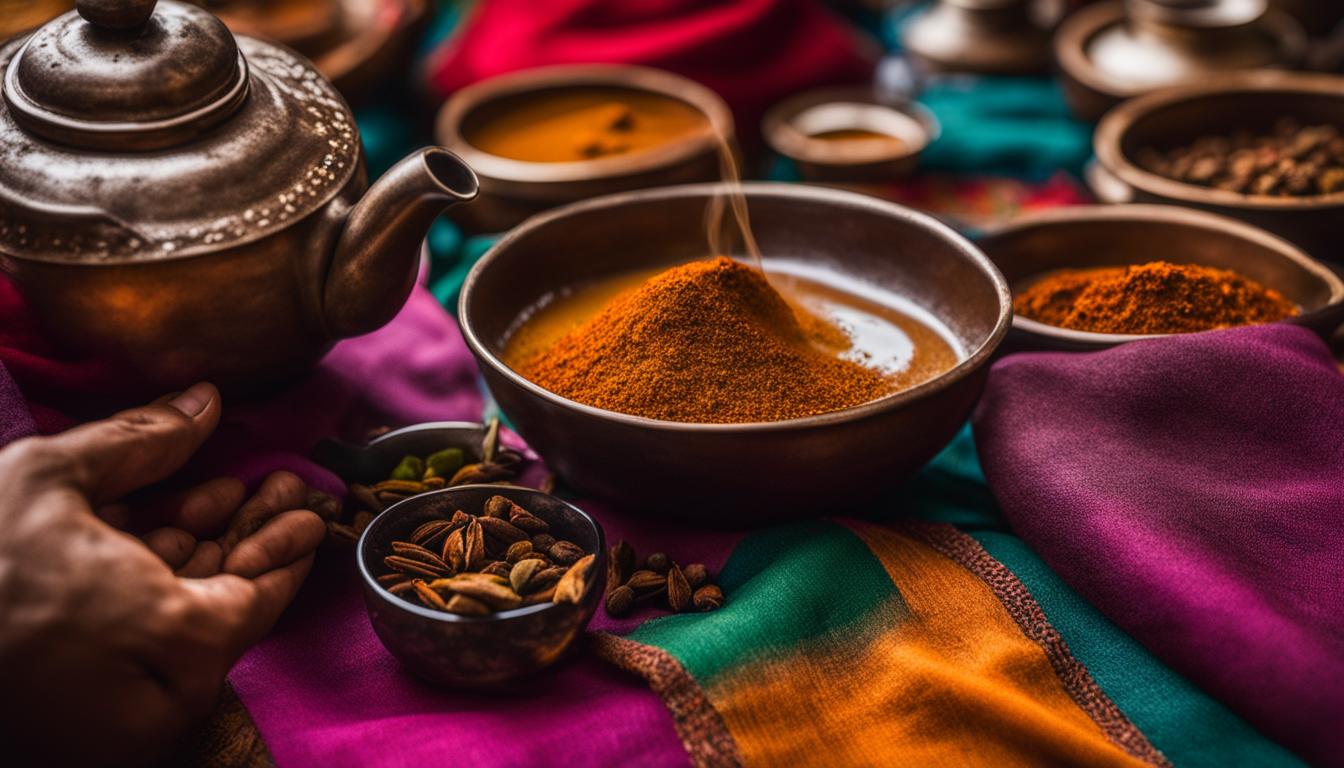
The Rise of Specialty Coffee in Pakistan
With the increasing interest in coffee in Pakistan, specialty coffee is also gaining traction. Specialty coffee refers to high-quality beans that are carefully sourced, roasted, and brewed to bring out the unique flavors and characteristics of the coffee. These beans are often from specific regions known for their exceptional coffee production.
Specialty coffee shops in Pakistan focus on providing a curated coffee experience, showcasing different coffee varieties and brewing methods. They aim to educate coffee enthusiasts about the nuances of each cup, highlighting the flavors and aromas that make their coffee stand out.
As more people in Pakistan develop a taste for specialty coffee, the demand for unique and high-quality beans is on the rise. This has led to an increase in the availability of specialty coffee beans in the local market, allowing coffee lovers to explore a wider range of flavors and discover their favorites.
Brazil: The Land of Coffee Production
Brazil is known for its rich coffee culture and is the largest producer of coffee in the world. Brazilian coffee is renowned for its bold and smooth flavors, making it a favorite among coffee lovers worldwide. The country’s vast coffee plantations contribute significantly to Brazil’s economy and daily life, reflecting the deep connection between coffee and Brazilian culture.
Traditional Brazilian coffee is typically enjoyed hot and black or with a little bit of sugar. Medium to dark roasts are favored, creating a robust and full-bodied taste. Coffee brewing methods in Brazil range from using a coffee sock to a French press, each delivering its unique flavor profile. With a focus on quality and taste, Brazilian coffee represents the art and skill behind the perfect cup of joe.
When exploring the coffee scene in Brazil, it’s important to note that each region produces coffee with distinct characteristics. Coffee from the states of Minas Gerais, Sao Paulo, and Espirito Santo is known for its balanced flavors and chocolatey undertones. On the other hand, coffee from the Bahia region offers a nutty and fruity taste. These regional variations in flavor contribute to the diverse and dynamic world of Brazilian coffee.
Coffee Production in Brazil by Region:
| Region | Main Coffee Varieties | Flavor Profile |
|---|---|---|
| Minas Gerais | Yellow Bourbon, Red Catuai | Chocolatey, Balanced |
| Sao Paulo | Mundo Novo, Catuai | Chocolatey, Nutty |
| Espirito Santo | Conilon (Robusta), Catuai | Full-bodied, Strong |
| Bahia | Arabica, Canario | Fruity, Nutty |
Whether you prefer a strong black coffee or a sweetened cup of joe, Brazilian coffee has something to offer every coffee enthusiast. With its rich history, dedication to quality, and diverse flavor profiles, Brazil truly is the land of coffee production.

Nigeria: Exploring West African Coffee
In recent years, Nigeria has emerged as a player in the global coffee industry, with a burgeoning coffee culture and a growing interest in specialty coffee. Nigerian coffee is primarily grown in the central highlands, where the favorable climate and rich soils contribute to the development of a mild and smooth flavor profile.
Although tea remains a popular beverage in Nigeria, coffee consumption is on the rise, particularly in urban areas where specialty coffee shops are popping up. These coffee shops offer a variety of coffee types and brewing methods, catering to the evolving tastes of Nigerian coffee lovers.
When enjoying Nigerian coffee, you’ll find that it is often served with a touch of milk or sugar, allowing you to customize your coffee to suit your personal preferences. However, many Nigerian coffee enthusiasts also appreciate the simplicity and purity of black coffee, savoring its natural flavors and unique characteristics.

The Rising Coffee Scene in Nigeria
The growing interest in coffee in Nigeria is not only driven by a desire for new and exciting flavors but also by the social aspect of coffee culture. Coffee shops have become vibrant gathering places, where friends and colleagues come together to share a cup of joe and engage in lively conversations. These coffee shops also provide opportunities for entrepreneurs and baristas to showcase their skills and innovation in the coffee industry.
| Coffee Variety | Flavor Profile |
|---|---|
| Nigerian Arabica | Mild, smooth, with hints of citrus and nuts |
| Nigerian Robusta | Full-bodied, bold, with chocolate and caramel notes |
| Nigerian Specialty Blends | Unique flavor combinations, crafted by local roasters |
The coffee scene in Nigeria is still evolving, but the passion and enthusiasm for coffee are undeniable. As more Nigerians discover and appreciate the rich flavors and social connections that coffee can bring, the country’s coffee culture will continue to thrive.
Bangladesh: Embracing Traditional Coffee Culture
Bangladesh, known for its rich tea-drinking tradition, is now witnessing a growing interest in coffee among the younger generation. While tea remains the dominant hot beverage of choice, coffee is gaining popularity, and coffee shops are becoming more prevalent in urban areas. Bangladeshi coffee is typically sourced from neighboring countries and is esteemed for its rich and aromatic flavors.
When visiting a coffee shop in Bangladesh, you will find an array of coffee types and brewing methods to choose from. Whether you’re a fan of the smooth and velvety white coffee, the comforting richness of a latte, or the intensity of an espresso, there is something to suit every taste preference. Coffee enthusiasts in Bangladesh are also increasingly experimenting with different brewing techniques, such as pour-over and French press, to enhance the flavors of their favorite beans.
One of the unique aspects of Bangladeshi coffee culture is the emphasis on traditional rituals and socializing. Coffee shops in Bangladesh often provide a cozy and welcoming atmosphere where friends gather to enjoy a hot cup of coffee and engage in lively conversations. It is not just about the beverage; it’s about creating moments of connection and camaraderie.
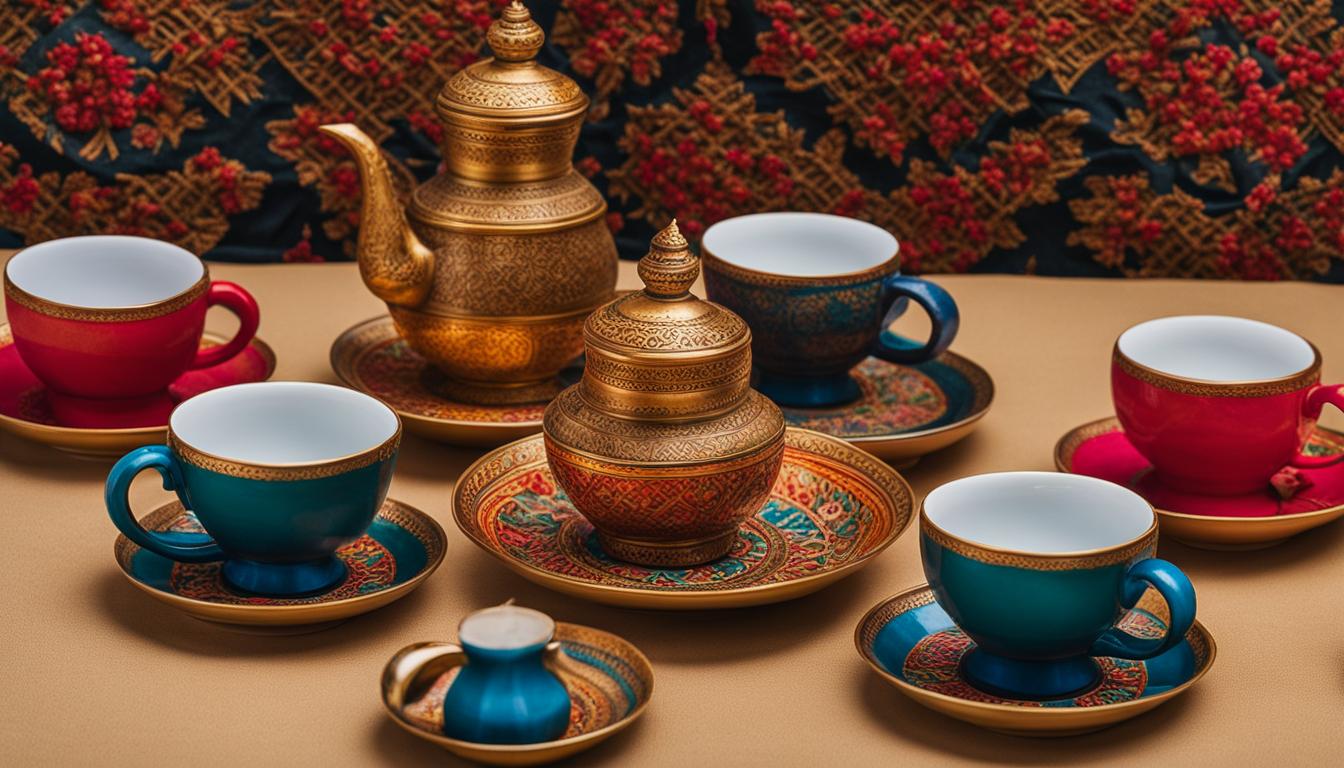
Traditional Bangladeshi Coffee Drinks:
| Coffee Drink | Description |
|---|---|
| White Coffee | A velvety and creamy coffee made with milk and a touch of sweetness. It is known for its smooth and mellow flavors. |
| Latte | A popular choice among coffee lovers, latte is made with espresso and steamed milk. It offers a perfect balance of boldness and creaminess. |
| Espresso | A concentrated shot of coffee that packs a strong punch. It is the foundation of various coffee-based beverages. |
Whether you’re looking to savor the traditional flavors of Bangladeshi coffee or explore the latest coffee trends, the coffee scene in Bangladesh has something for everyone. So, next time you find yourself in this vibrant country, don’t hesitate to immerse yourself in the rich and embracing coffee culture it has to offer.
Russia: From Samovars to Specialty Coffee
Russia has a rich cultural history of tea drinking, with the traditional samovar being a centerpiece of Russian hospitality. However, in recent years, specialty coffee has gained popularity and become a significant part of Russian beverage culture.
Russian coffee is known for its strong and bold flavors, reflecting the preference for rich and intense taste profiles. A popular method of preparation is the use of espresso machines, which are commonly found in coffee shops across the country. These espresso machines allow for the creation of a wide variety of coffee-based drinks, from traditional black coffee to indulgent lattes and cappuccinos.
In addition to traditional coffee preparations, Russia also embraces the global trend of specialty coffee. Specialty coffee shops can be found in major cities, offering unique and carefully crafted brews. These specialty coffees often showcase the diverse flavors and characteristics of different coffee beans and brewing methods. Whether it’s a pour-over, cold brew, or single-origin espresso, coffee lovers in Russia have a plethora of options to explore and savor.
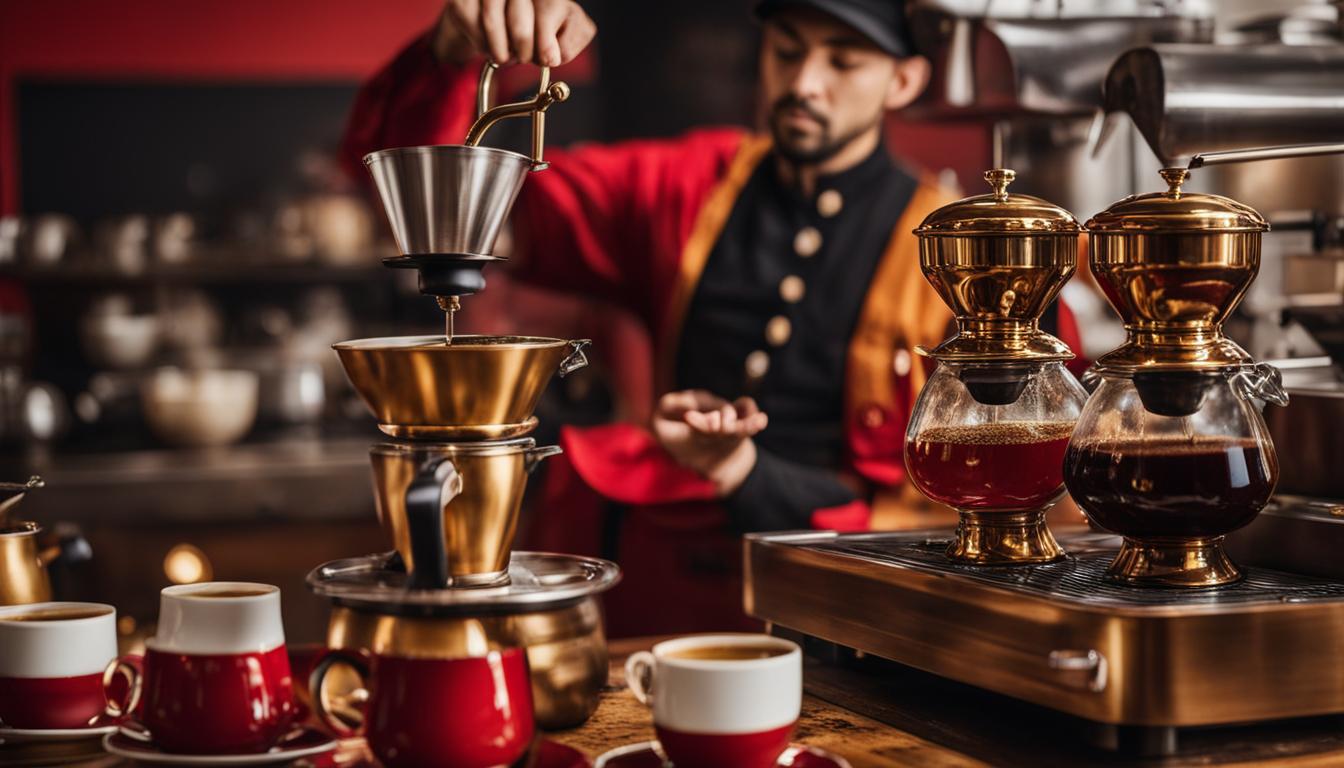
Russian Coffee Culture at a Glance:
- Strong and bold flavors
- Preference for espresso-based drinks
- Growing popularity of specialty coffee
- Wide range of brewing methods and flavors
As Russians continue to embrace coffee as a beverage of choice, the coffee scene in the country is evolving and expanding. From traditional samovars to specialty brews, Russia offers a unique and diverse coffee experience for enthusiasts and connoisseurs alike.
Mexico: From Traditional to Innovative Coffee Drinks
Mexico has a rich coffee tradition, blending traditional flavors with innovative creations. Mexican coffee is known for its smooth and balanced flavors, often featuring hints of chocolate and nuttiness. One popular traditional Mexican coffee drink is café de olla, which is brewed with spices like cinnamon and served with sugar. This aromatic beverage is a delicious way to experience the authentic flavors of Mexican coffee.
Another beloved coffee drink in Mexico is café con leche, a combination of coffee and milk. This creamy beverage provides a comforting and indulgent experience, perfect for starting the day or enjoying as an afternoon pick-me-up. Whether you prefer it hot or iced, café con leche is a classic choice that showcases the versatility of Mexican coffee.
While embracing its traditional roots, Mexico’s coffee culture also embraces innovation. Specialty coffee shops are popping up throughout the country, offering unique and creative coffee creations. From flavored lattes to artisanal coffee cocktails, these innovative drinks allow coffee enthusiasts to explore new taste experiences and push the boundaries of what coffee can be.
With its rich coffee heritage and a willingness to explore new frontiers, Mexico is a destination for coffee lovers seeking both tradition and innovation in their cup of joe. Whether you indulge in the traditional flavors of café de olla or venture into the realm of creative coffee concoctions, Mexican coffee is sure to delight your taste buds and ignite your passion for this beloved beverage.
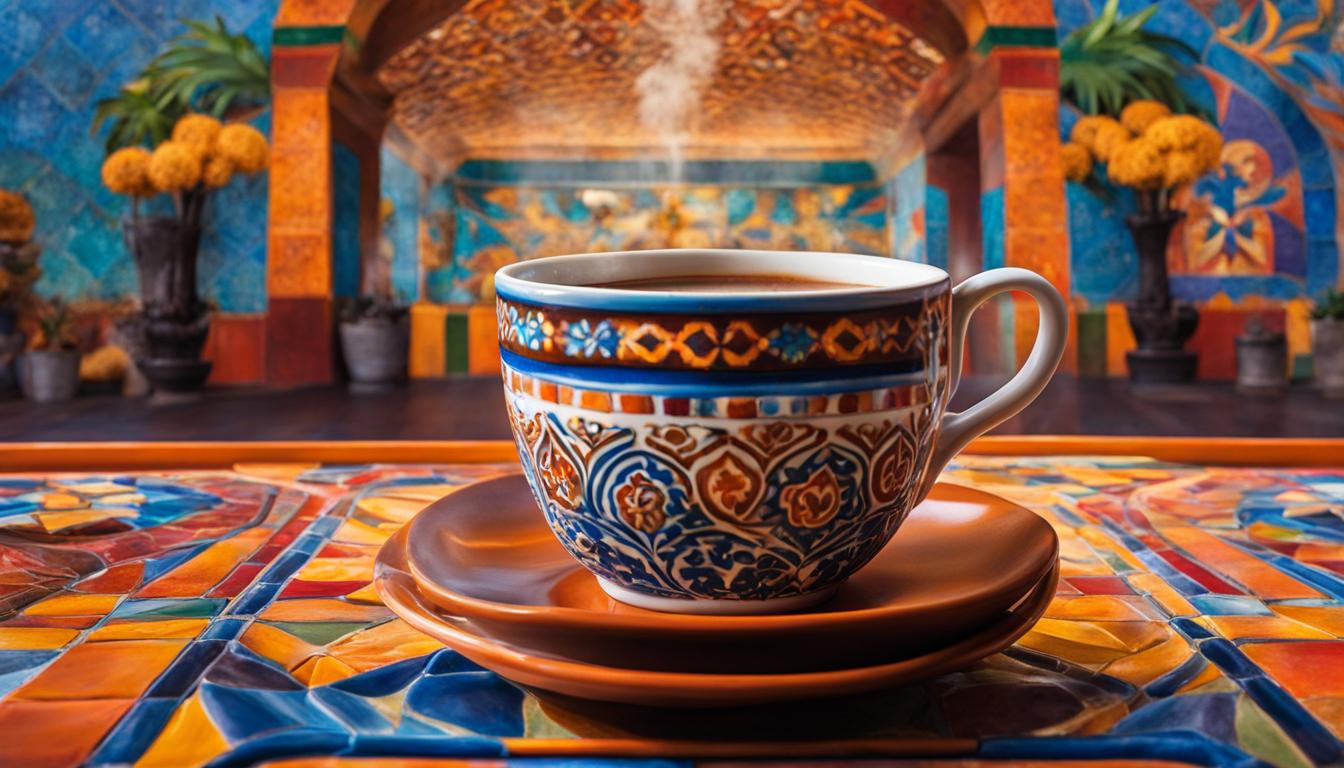
Traditional Mexican Coffee Drinks
| Drink | Description |
|---|---|
| Café de olla | Aromatic coffee brewed with spices like cinnamon, served with sugar. |
| Café con leche | A combination of coffee and milk, offering a creamy and indulgent experience. |
Innovative Coffee Creations
- Flavored lattes
- Artisanal coffee cocktails
- Creative coffee-based desserts
- Unique coffee flavor combinations
Japan: The Art of Japanese Coffee
When it comes to coffee, Japan is renowned for its commitment to precision and attention to detail. Japanese coffee culture is steeped in tradition and craftsmanship, creating a unique and elevated experience for coffee lovers. From the meticulous preparation to the serene ambiance of coffee shops, Japanese coffee embraces the concept of coffee as an art form.
In Japan, traditional coffee brewing methods such as siphon brewing and pour-over techniques are cherished. These methods highlight the delicate flavors and nuanced profiles of the coffee. Siphon brewing, with its mesmerizing vacuum process, produces a clean and vibrant cup of coffee. Pour-over methods, on the other hand, allow for controlled extraction, resulting in a well-balanced and aromatic brew.
Japanese coffee shops are known for their tranquil and serene atmosphere. They provide a respite from the bustling city life, offering a space for relaxation and contemplation. The attention to detail extends to the presentation of the coffee, with exquisite latte art and beautifully plated coffee-flavored desserts. Matcha coffee, blending the traditional Japanese tea ceremony with coffee, is also gaining popularity.
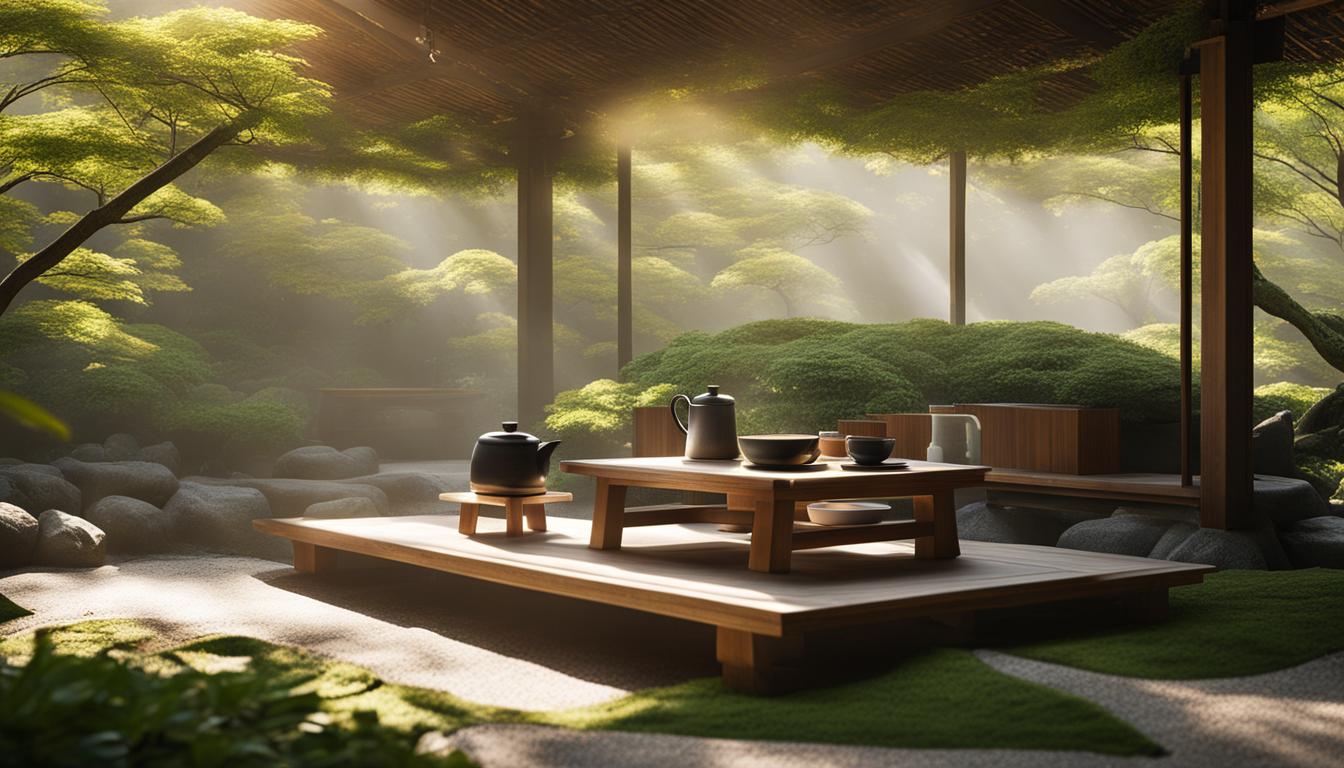
The Japanese Coffee Culture – A Blend of Tradition and Innovation
Japanese coffee culture strikes a delicate balance between honoring tradition and embracing innovation. While traditional brewing methods hold a special place, specialty coffee shops have emerged, offering unique and creative coffee creations. These shops showcase the versatility of coffee, experimenting with different flavors, brewing techniques, and even coffee-infused cocktails.
As coffee culture continues to evolve in Japan, the appreciation for quality and craftsmanship remains at the forefront. Whether it’s a perfectly brewed pour-over coffee or a handcrafted latte, Japanese coffee enthusiasts value the pursuit of excellence in every cup. So, next time you find yourself in Japan, indulge in the artistry of Japanese coffee and savor the moments of tranquility it brings.
Ethiopia: Discovering the Birthplace of Coffee
Ethiopia holds a special place in the hearts of coffee lovers as it is widely believed to be the birthplace of coffee. The country’s rich coffee culture dates back centuries and is deeply ingrained in the traditions and daily lives of its people. Ethiopian coffee is known for its complex flavors and unique brewing methods, making it a sought-after choice for coffee enthusiasts worldwide.
One of the most iconic aspects of Ethiopian coffee is the traditional coffee ceremony, a social and cultural event that showcases the art of coffee preparation. During the ceremony, green coffee beans are roasted over an open flame and then ground using a mortar and pestle. The finely ground coffee is then brewed in a traditional clay pot called a jebena. The aroma of freshly brewed coffee fills the air as it is poured into small cups and served to guests.
The Flavors of Ethiopian Coffee
Ethiopian coffee is known for its diverse flavor profiles, ranging from fruity and floral to chocolatey and spicy. Each region in Ethiopia produces coffee with its own distinct characteristics. The Sidamo region, for example, is famous for its bright and citrusy coffees, while the Yirgacheffe region produces coffee with floral and tea-like flavors. The Harrar region offers unique and exotic coffees with wild berry and wine-like notes. These regional differences contribute to the rich tapestry of flavors found in Ethiopian coffee.
| Region | Flavor Profile |
|---|---|
| Sidamo | Bright, citrusy |
| Yirgacheffe | Floral, tea-like |
| Harrar | Wild berry, wine-like |
Whether you prefer a delicate and aromatic brew or a bold and flavorful cup of coffee, Ethiopian coffee offers a wide range of options to suit every taste. The unique flavors and brewing methods of Ethiopian coffee embody the rich history and cultural significance of this beloved beverage.

A Taste of Egypt: The Coffee Crossroads
Egypt has a rich coffee culture that has stood the test of time. Egyptian coffee is known for its strong and bold flavor, enticing coffee lovers from around the world. The origins of coffee in Egypt can be traced back centuries, with the country being a significant hub for Middle Eastern coffee traditions.

The brewing method used in Egypt is unique and adds to the allure of Egyptian coffee. Known as “Turkish coffee” or “Arabic coffee,” it involves boiling finely ground coffee with water and serving it in small cups. This process creates a strong and concentrated coffee that packs a punch.
A Vibrant Coffee Culture
Egyptian coffee is not just about the bold flavor and unique brewing method; it is also deeply intertwined with the country’s vibrant social gatherings and hospitality. Coffee in Egypt is often enjoyed in the company of friends and family, creating a sense of warmth and togetherness.
When sipping on Egyptian coffee, it is common to find a touch of cardamom added to enhance the depth of flavor. The combination of the rich coffee and aromatic cardamom creates a delightful sensory experience that is distinctly Egyptian.
Exploring the world of Egyptian coffee is like taking a journey to the crossroads of coffee history. It offers a glimpse into the traditions and flavors that have shaped Egypt’s coffee culture and captivated coffee enthusiasts for generations.
| Egyptian Coffee Characteristics | Flavor Profile | Brewing Method |
|---|---|---|
| Strong and bold | Rich and intense | Turkish coffee or Arabic coffee |
| Aromatic | Distinctive and flavorful | Boiling finely ground coffee with water |
| Often enjoyed with cardamom | Depth and complexity | Served in small cups |
Vietnam: More than Just Egg Coffee
Vietnam is a country with a vibrant coffee culture, offering more than just the famous egg coffee. Vietnamese coffee is renowned for its bold and rich flavors, thanks to the robusta beans commonly used in its preparation. One of the most unique and decadent coffee beverages from Vietnam is egg coffee, a rich concoction made with whipped egg yolks, condensed milk, and Vietnamese coffee.
But the world of Vietnamese coffee goes beyond egg coffee. Another popular traditional drink is Vietnamese iced coffee, known as “ca phe sua da.” This refreshing and indulgent beverage is made by combining strong Vietnamese coffee with sweetened condensed milk and served over ice. The combination of the smooth and bold coffee with the creamy sweetness of the condensed milk creates a delightful flavor profile that satisfies both coffee and dessert cravings.
In addition to egg coffee and Vietnamese iced coffee, Vietnam offers a range of other traditional coffee drinks worth exploring. One such example is coconut coffee or “ca phe dua.” This unique beverage combines the bold flavors of Vietnamese coffee with the smooth and creamy taste of coconut milk. The result is a tropical and exotic flavor experience that transports you to the lush landscapes of Vietnam.
Whether you are sipping on the velvety egg coffee, enjoying a refreshing cup of Vietnamese iced coffee, or indulging in the tropical flavors of coconut coffee, exploring the world of Vietnamese coffee is a delightful adventure that will awaken your senses and introduce you to the rich coffee culture of this beautiful country.
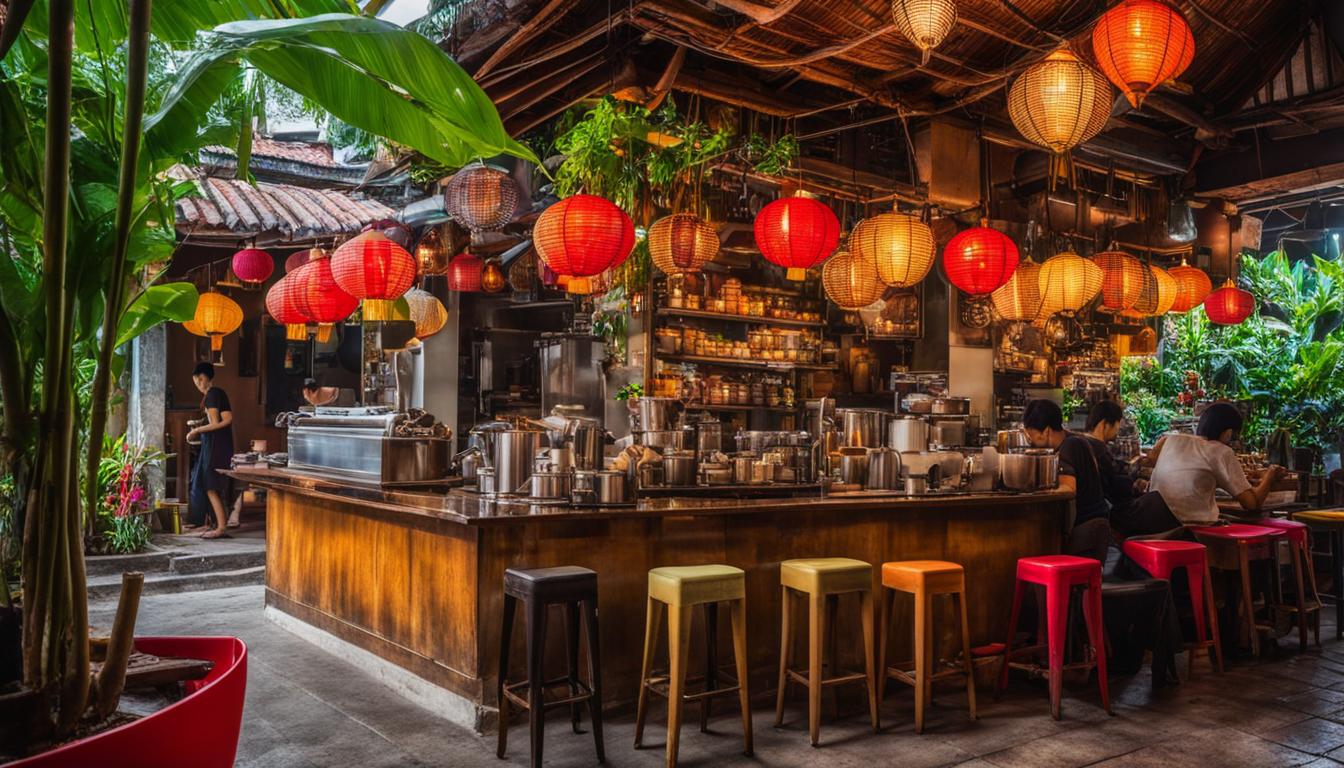
Philippines: A Tropical Coffee Paradise
The Philippines is a coffee lover’s dream, offering a unique and tropical coffee experience. The country’s rich coffee heritage is evident in its delicious and sought-after Philippine coffee beans.
Coffee production in the Philippines is a labor of love, with farmers carefully tending to their crops to produce high-quality specialty coffee. The diverse climate and fertile volcanic soil create the perfect conditions for coffee cultivation, resulting in beans with exceptional flavor profiles.
When you sip a cup of Philippine coffee, you’ll be treated to a delightful range of flavors, from fruity and floral notes to nutty and chocolatey undertones. Each sip is like taking a sip of paradise, transporting you to the tropical beauty of the Philippines.
However, Philippine coffee is a rare find due to its limited production quantities. So, if you come across a bag of Philippine coffee beans, consider yourself lucky and savor every sip of this tropical treasure.
Conclusion
Coffee is a global beverage enjoyed in various forms across different countries and cultures. The world of coffee is diverse and rich, offering a wide range of flavors and brewing methods. From the bold and smooth Brazilian coffee to the delicate and aromatic Ethiopian coffee ceremonies, each country brings its own unique coffee culture and flavor profiles.
Exploring different types of coffee allows us to appreciate the beauty of this beloved beverage. Whether you prefer a strong espresso or a creamy latte, there is a coffee variety for everyone’s taste. The popularity of coffee continues to grow globally, with new and innovative coffee creations emerging.
So, grab your favorite mug and embark on a global coffee journey. Discover the different types and flavors of coffee that each country has to offer. Whether you’re a coffee connoisseur or a casual coffee drinker, you’ll be delighted by the diversity and richness of the world’s coffee traditions.
FAQ
What are the two most popular types of coffee beans?
The two most popular types of coffee beans are Arabica and Robusta.
What is the difference between Arabica and Robusta beans?
Arabica beans are known for their delicate flavors and aromas, while Robusta beans have a stronger, more bitter taste.
Where is Arabica coffee typically grown?
Arabica beans are typically grown at higher elevations.
Where does Robusta coffee thrive?
Robusta beans thrive at lower altitudes.
What is the coffee market like in China?
The coffee market in China is still relatively small compared to other countries, with tea remaining the preferred beverage. However, coffee consumption is growing steadily, and you can find a variety of coffee shops in major cities.
What types of coffee are popular in China?
Chinese coffee is often made from Arabica beans, with a focus on light to medium roasts. Some popular coffee drinks in China include traditional black coffee, lattes, and cappuccinos.
What is unique about Indian coffee?
Indian coffee is known for its unique flavor profiles, often blending spices such as cardamom, cinnamon, and cloves. Filter coffee, a popular method of preparation in India, involves using a traditional filter to brew strong, flavorful coffee.
What are popular coffee drinks in the United States?
American coffee preferences vary widely, with a preference for drip coffee, espresso-based drinks, and specialty coffees. Popular coffee beverages in the United States include Americano, latte, cappuccino, and cold brew.
What is Kopi Luwak?
Kopi Luwak is made from coffee beans that have been eaten and excreted by the Asian palm civet, a small mammal. The digestive process enhances the flavor of the beans, resulting in a rich and smooth coffee.
What flavors are common in Mexican coffee?
Mexican coffee is known for its smooth and balanced flavors, often featuring hints of chocolate and nuttiness. Traditional Mexican coffee drinks include café de olla and café con leche.
What is the coffee culture like in Japan?
Japan has a thriving coffee culture, with a focus on precision and attention to detail. Traditional Japanese coffee brewing methods include siphon brewing and pour-over methods, showcasing the delicate flavors of the coffee.
What is the significance of coffee in Ethiopian culture?
Ethiopia is often considered the birthplace of coffee, and coffee holds a special place in Ethiopian culture. Traditional Ethiopian coffee ceremonies are an important social and cultural event, with coffee being roasted and brewed in front of guests.

